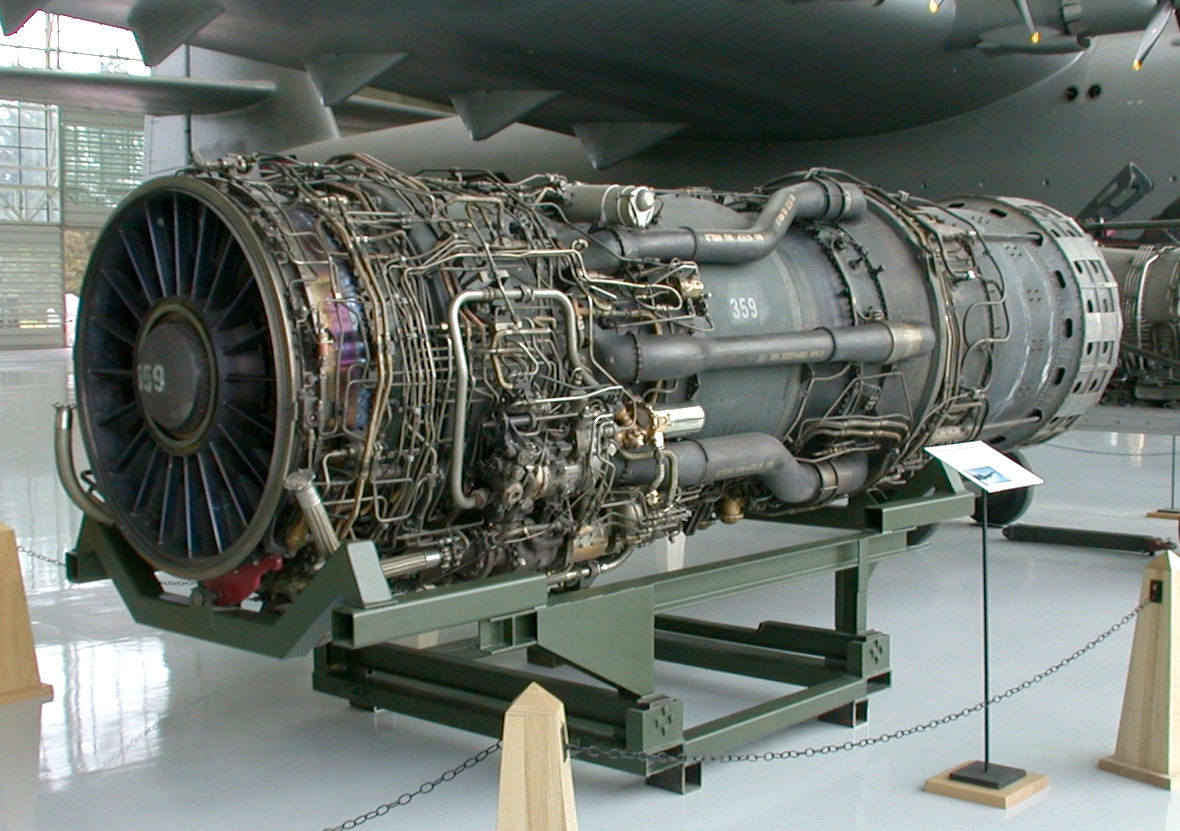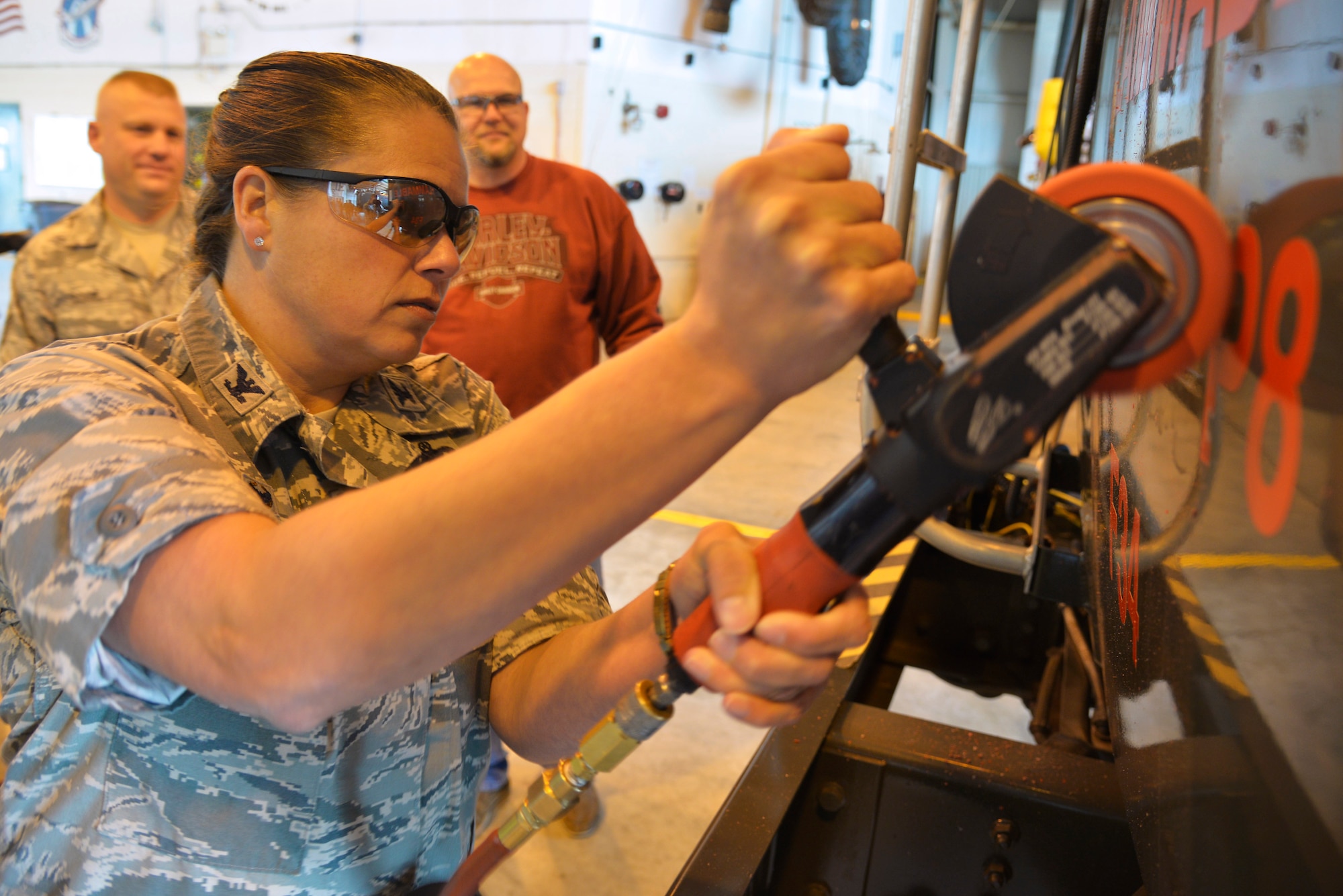The Air Force took an important step in fiscal responsibility and supply chain efficiency as it converted its final stateside installation from Jet Propellant 8 (JP-8) fuel to the more common and
www.af.mil
WASHINGTON (AFNS) -- The Air Force officials took an important step in fiscal responsibility and supply chain efficiency with the conversion of the final stateside installation from Jet Propellant 8 (JP-8) fuel to the more common and commercially available Jet A fuel, Oct. 29 at Wright Patterson Air Force Base, Ohio.
The transition to Jet A completed a process where the Air Force, in partnership with the Defense Logistics Agency, converted 130 stateside Air Force fuels locations in less than five years, approximately 18 months ahead of the estimated 2016 conversion completion date.




 en.wikipedia.org
en.wikipedia.org


